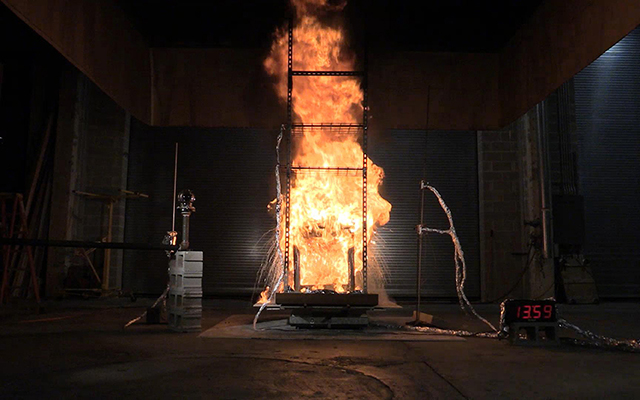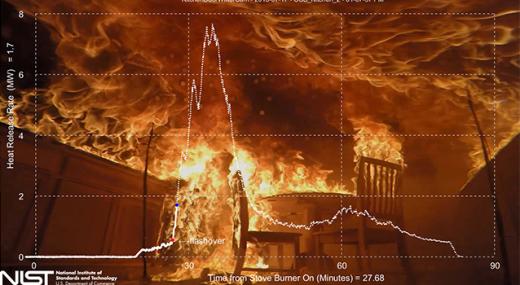Body

Burning plastic cart carrying a fax machine, a laptop computer, and a three-ring binder. Click here for larger image. Credit: FCD/NIST
Several centuries ago, scientists discovered oxygen while experimenting with combustion and flames. One scientist called it “fire air.” Today, at the National Institute of Standards and Technology (NIST), we continue to measure oxygen to study the behavior of fires.
…
Want to continue?
Log in or create a FREE account.
By logging in you agree to receive communication from Quality Digest.
Privacy Policy.

Add new comment